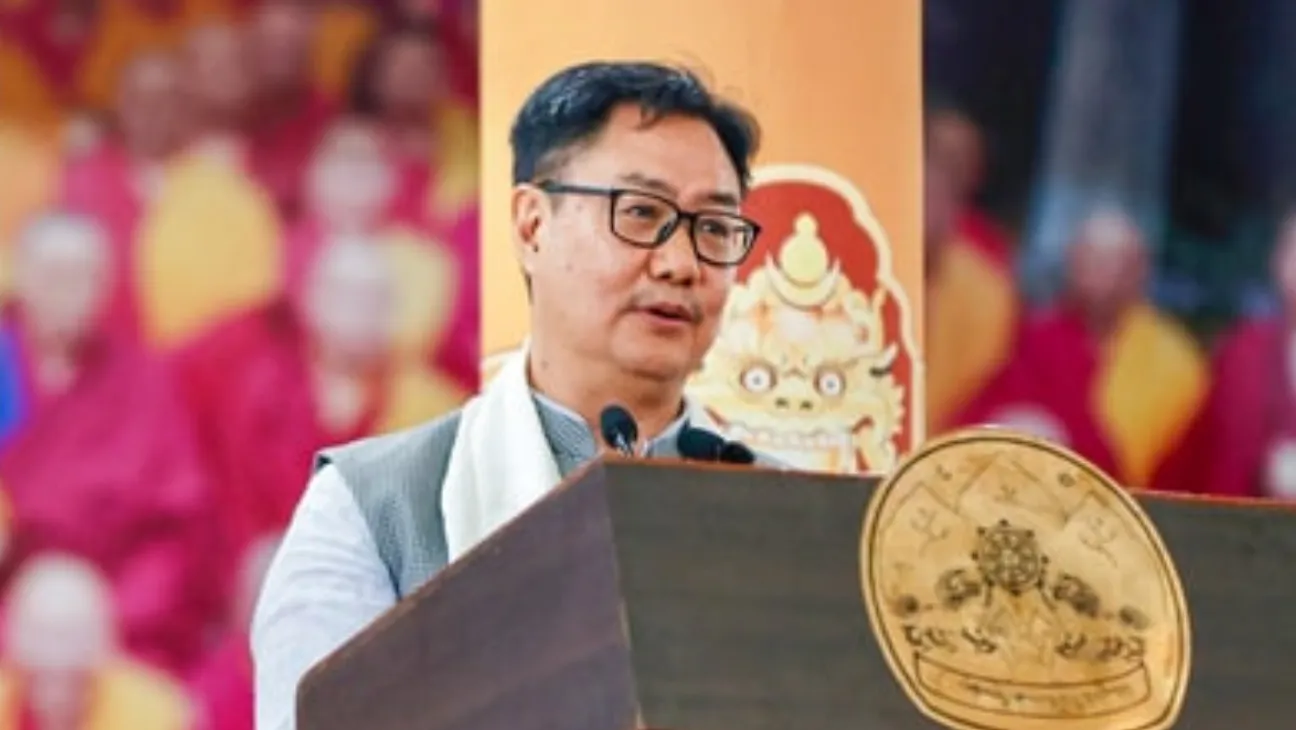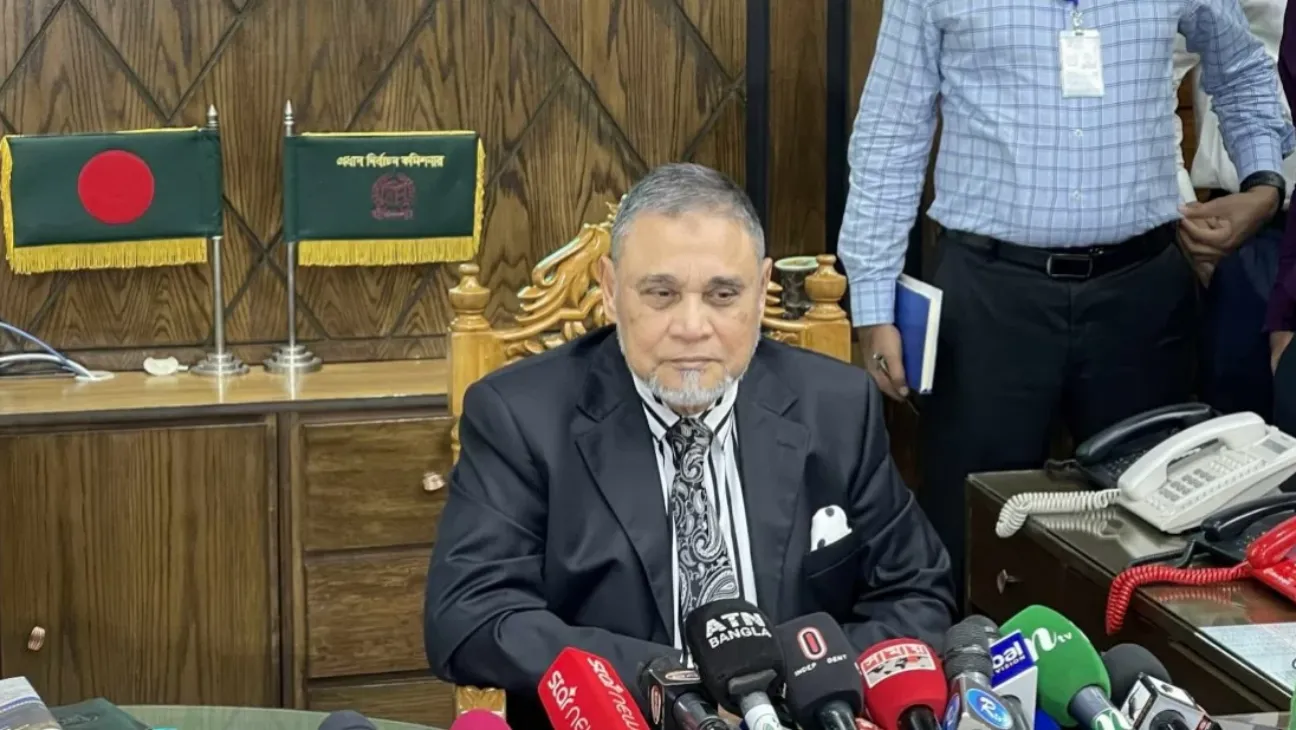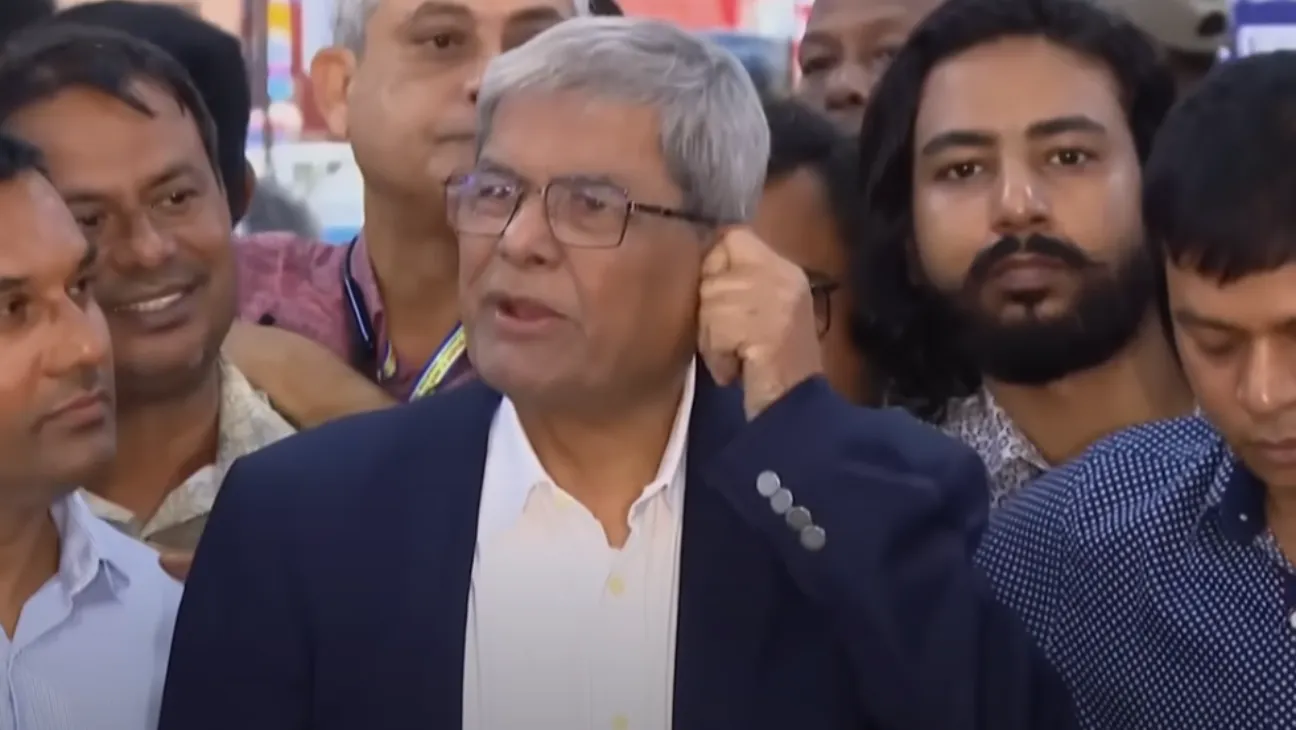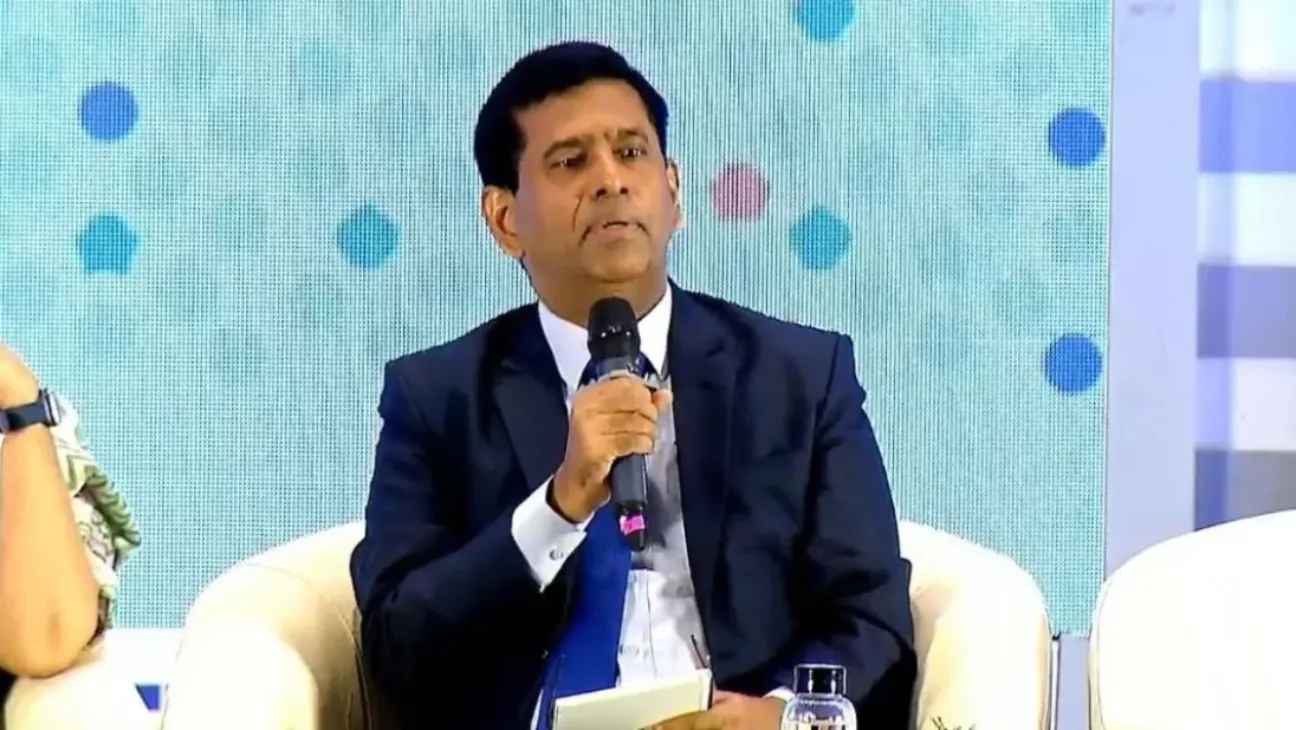The government is preparing to move forward with an impeachment motion against Justice Yashwant Varma after a large sum of cash was discovered at his Delhi residence in March.
Union Minister for Parliamentary Affairs Kiren Rijiju said Sunday that more than 100 Members of Parliament have already signed the motion. The effort continues, with officials aiming to build broader support before presenting it in the Monsoon Session.
“The signature is underway and it has crossed 100 already,” Rijiju told reporters, a day before the session begins.
According to procedure, a motion to remove a High Court judge requires backing from at least 100 Lok Sabha MPs or 50 Rajya Sabha MPs. With the current number exceeding that threshold, the motion is likely to be introduced in the Lok Sabha.
After the notice is submitted, officials say the Speaker’s office will get to work checking each signature. If they’re all valid, the process moves to a judicial panel, which will include a Supreme Court judge, a High Court chief justice, and a distinguished jurist.
A senior official also made it clear that time is running out. The motion has to be passed by both Houses in this session, or it’s dead in the water. As he explained, “If not, the motion lapses. There’s no provision to carry it forward.”
Justice Varma came under scrutiny after a fire broke out at his residence in March. During the incident, a stash of cash was discovered. At the time, Varma was away on a Holi break. His personal secretary contacted the fire department, leading to the discovery.
Following the incident, the Delhi High Court’s Chief Justice DK Upadhyaya initiated an inquiry. Varma’s judicial responsibilities were removed, and he was later transferred to the Allahabad High Court without case assignments.
A separate committee of three High Court judges, appointed by then Chief Justice of India Sanjiv Khanna, also found Varma at fault. The report was sent to President Droupadi Murmu and Prime Minister Narendra Modi, recommending removal.
Varma did not resign and has since challenged the findings in the Supreme Court, asserting his innocence.
You almost never see a sitting judge in India go through impeachment. The last real attempt was in 1993 against Chief Justice V. Ramaswamy, and it failed to get enough votes. Before that, Justice Soumitra Sen was impeached by one house of parliament in 2011, but he just quit before the other could vote.
There’s a reason it’s so tough: a motion to remove a judge needs a majority of the whole House and two-thirds of everyone voting. With a standard that high, this new case has everyone’s attention, and many lawmakers are raising concerns about the need for accountability in the justice system.









